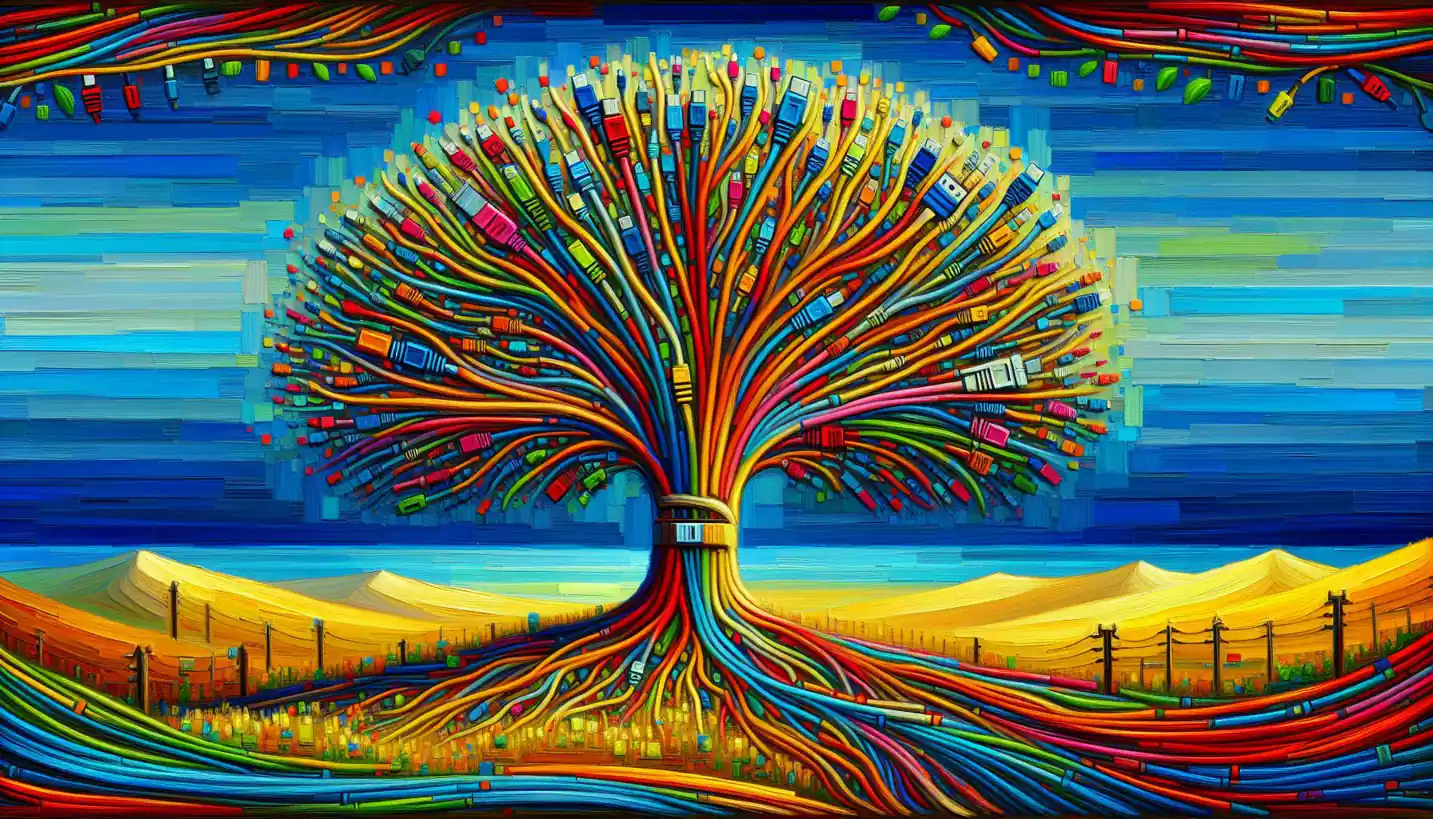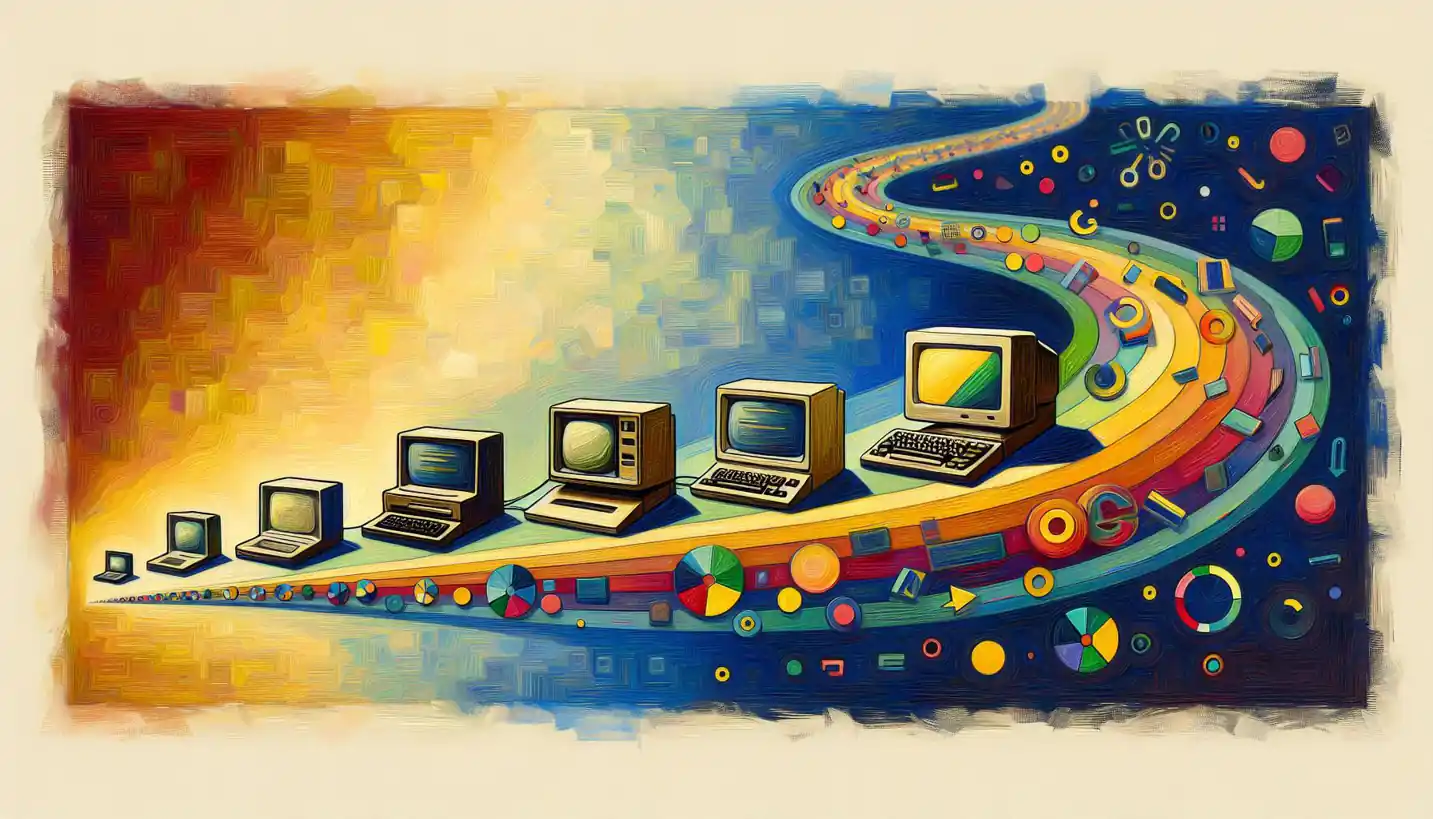· Computer Science · 5 min read
Iterative Design: Decoding Human-Computer Interaction
Iterative Design refines tech through repeated testing and refinement. Discover how this process drives user-centered innovation and improvement.

Once you delve into the fascinating world of design and computers, you’ll stumble upon a term that keeps popping up—iterative design. It’s a core concept in the field of Human-Computer Interaction (HCI) and plays a crucial role in creating everything from apps on your phone to even the very device you’re reading this on. But what exactly is iterative design, and why does it matter so much?
The Basics of Iterative Design
At its heart, iterative design is all about refining and improving through repetition. Think about when you’re baking cookies. The first batch might be a bit too crispy, so you tweak the recipe, maybe lowering the oven temperature or reducing the baking time. Then you try again—and again—until you have the perfect cookie. This is, in essence, what iterative design is all about: making something better through repeated cycles of testing and improving.
In the realm of HCI, iterative design involves creating prototypes, testing them with users, gathering feedback, and then using that feedback to make improvements. It’s a loop, constantly aiming to enhance the user experience, ensuring that technology is not just functional, but also user-friendly and intuitive.
A Journey Through Time: Iterative Design’s Impact
Let’s take a quick trip back in time to better understand how iterative design has shaped the tech we use today. Consider the development of Microsoft Windows. The early versions were quite different from what we see today—many found them clunky and not very user-friendly. However, through numerous iterations, based on user feedback and technological advancements, Windows evolved into a more intuitive system that became widely adopted across the world.
This iterative process isn’t exclusive to software like Windows. Even Apple’s iconic gadgets, like the iPhone, have undergone countless iterations. Each new model isn’t just about new features; it’s about refining the design for a better user experience, informed by how people use the devices every day.
Why Iterative Design Matters
But why is iterative design so important? For starters, it helps ensure that the end product truly meets the needs and desires of its users. By involving users in the design process through constant testing and feedback, designers can uncover hidden issues and address them before the product is finalized. This approach reduces the risk of releasing a product that’s riddled with flaws or doesn’t resonate with its intended audience.
In addition, iterative design is cost-effective in the long run. Catching potential problems early in the design phase typically requires fewer resources than fixing them after a product has launched. This way, companies can save both time and money while ensuring their products stand out in the competitive market.
Engaging Users Through Iteration
Let’s dive into how users fit into this entire process. Imagine you’re part of a team developing a fitness app. Now, no matter how brilliant your idea seems, it’s crucial to include potential users from the get-go. You might start with a simple prototype, perhaps just sketches or a basic digital mock-up. Then, you show this prototype to users and watch how they interact with it.
Maybe you observe that users struggle to find the workout tracking feature. With this feedback, you go back to the drawing board and tweak the design to make this feature more accessible. Then, you test again. This cycle repeats until your app is not just functional but also intuitive and delightful to use.
This user-focused approach is what makes iterative design so powerful. It’s all about adapting to real needs and behaviors, creating products that not only work but work well for the people using them.
The Role of Feedback in Iterative Design
Feedback is the cornerstone of iterative design. Without it, you’re essentially designing in the dark. Feedback can come from various sources—user testing sessions, surveys, beta test groups, or even direct communication with users. This information reveals what’s working, what’s not, and what could potentially be improved.
Sometimes feedback might be surprising. You might find that users are using a feature in a way you never anticipated. This can spark new ideas and lead to unexpected innovations, turning potential drawbacks into opportunities for creativity and improvement.
Challenges in Iterative Design
While iterative design offers many advantages, it’s not without its challenges. Iteration requires flexibility and the willingness to discard ideas and start over if they’re not working. This can be difficult, especially if a lot of time and effort has already been invested in a particular design. Additionally, gathering and analyzing feedback can be resource-intensive, requiring time and sometimes complicated logistics.
Moreover, it’s essential to strike a balance between iteration and innovation. While it’s crucial to refine and improve, there’s also a need for fresh ideas and pushing boundaries. Finding the right balance is key to creating a successful and groundbreaking product.
The Future of Iterative Design
As technology continues to evolve at a rapid pace, the principles of iterative design are more relevant than ever. With emerging technologies like virtual reality and artificial intelligence, the need for user-centered design becomes even greater. Designers and developers must continually iterate, ensuring new technologies are accessible and meaningful to all users.
Moreover, with the rise of remote work and global collaboration, iterative design practices are adapting, too. Digital tools now allow for remote user testing and feedback gathering, making the process more inclusive and far-reaching.
Conclusion: Embracing the Iterative Journey
So, what’s the final takeaway? Iterative design isn’t just a method; it’s a mindset. It’s about embracing change, learning from mistakes, and always striving for better. Whether it’s a piece of software, a gadget, or a simple website, iterative design reminds us that the journey to innovation is ongoing.
As we look to the future, one thing remains clear: iterative design will continue to be the backbone of human-computer interaction, guiding us toward a world where technology not only meets our needs but also delights and inspires us.



